Efficient warehouse material handling is the backbone of any successful supply chain operation. From receiving and storage to picking and dispatch, optimizing every movement can significantly reduce costs, improve productivity, and enhance workplace safety.
In this guide, we’ll uncover practical tips, system improvements, and essential tools to help you streamline warehouse material handling, based on proven best practices and advanced industrial material handling solutions.
🔗 What Is Material Handling? Types, Equipment, Functions, Safety, and Warehouse Optimization
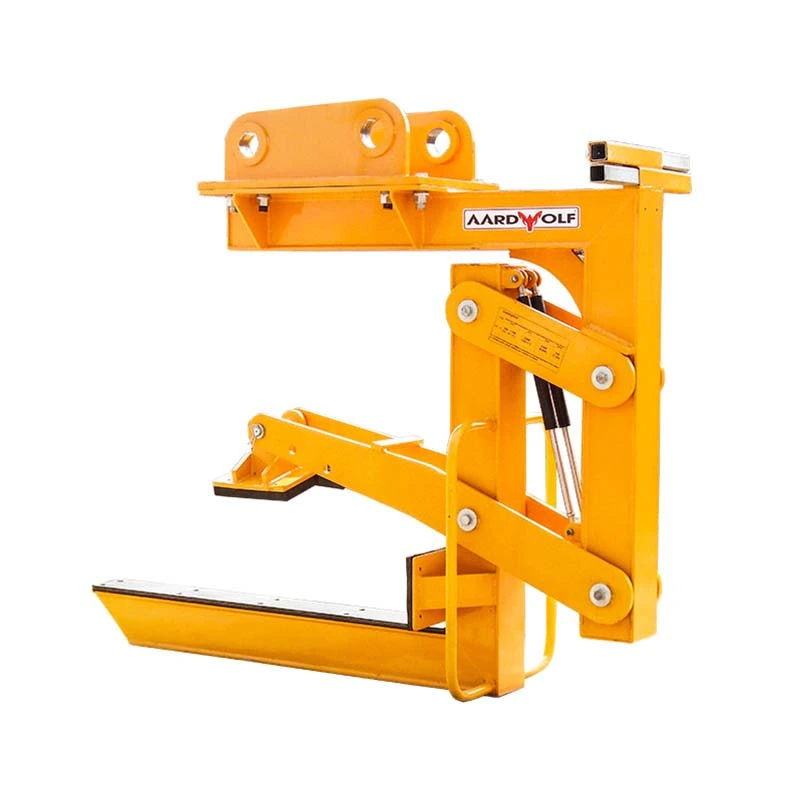
Table of Contents
ToggleWhy Warehouse Material Handling Efficiency Matters
Material handling accounts for up to 50% of warehouse labor. Without optimization, delays, accidents, and damaged goods are more likely to occur. Efficient handling translates into:
- Reduced turnaround times
- Fewer workplace injuries
- Lower operational costs
- Enhanced customer satisfaction
Whether you’re using manual material handling tools or transitioning to automated material handling systems, efficiency is essential.
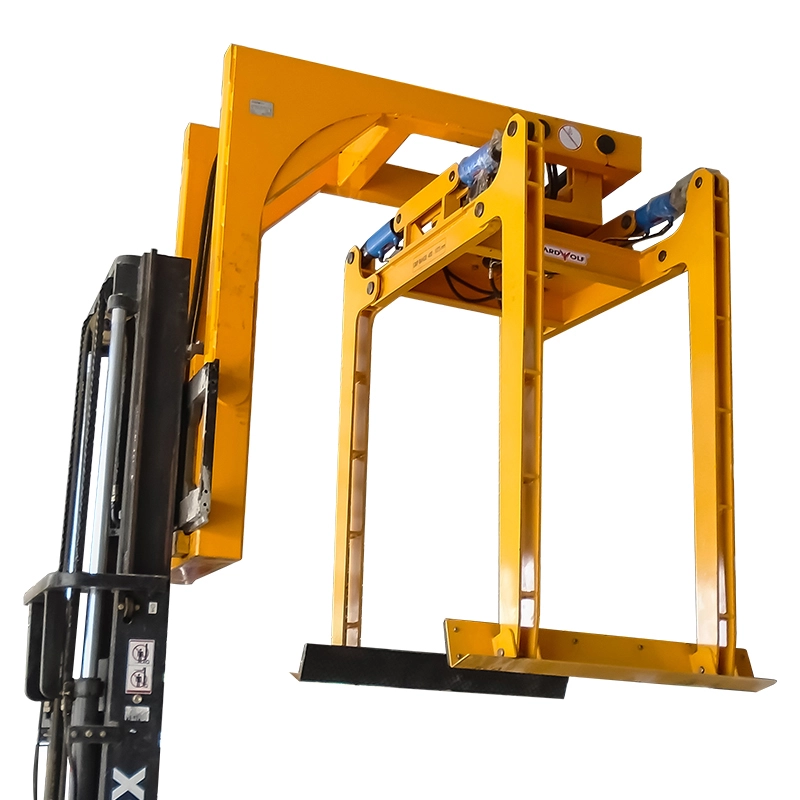
1. Use the Right Material Handling Equipment
Choosing the right tools can dramatically improve efficiency. Key equipment includes:
- Forklifts for material handling
- Cranes and hoists
- Material handling carts and trolleys
- Conveyors for material handling
- Overhead material handling systems
Evaluate your needs before choosing between automated vs manual material handling. For heavy slabs, consider:
🔗 Aardwolf Slab Lifters
🔗 Vacuum Lifters
🔗 Jib Cranes
2. Implement Smart Warehouse Layout Design
Warehouse layout should minimize travel time and maximize storage efficiency. Consider:
- Grouping high-turnover items near packing stations
- Installing conveyors or gantry cranes in wide aisles for faster material movement
- Allocating zones for bulk material handling systems vs. single SKU handling
For specific lifting applications, don’t forget the importance of suction devices:
3. Embrace Automation Where Possible
Automated material handling systems help reduce human error, save time, and lower long-term costs. Solutions include:
- Robotic palletizers
- Automated storage and retrieval systems (AS/RS)
- Conveyor-based sorting systems
Benefits of automation include increased throughput, better space utilization, and improved safety compliance. Learn more:
🔗 How to Improve Material Handling for Granite Countertops?
4. Adopt a Preventive Maintenance Program
Downtime due to broken equipment can be costly. Implement scheduled maintenance for:
- Warehouse material handling equipment
- Forklifts
- Overhead cranes
- Paver lifter systems
🔗 paver lifter
Keep spare parts in stock and ensure that inspection checklists are completed before and after every shift.
5. Train Your Workforce
Even the best equipment is ineffective without trained personnel. Invest in:
- Material handling training programs
- Safety tips for manual material handling
- Periodic skill assessments and certifications
Also, enforce safety standards like proper attire. Read:
🔗 Loose Clothing Is Best to Wear When Handling Material?
6. Use Warehouse Management Systems (WMS)
A WMS can track inventory levels, optimize picking routes, and generate reports on equipment utilization. When integrated with automated systems, it offers real-time control over:
- Order accuracy
- Inventory control
- Storage optimization
7. Improve Picking and Packing Efficiency
In material handling for logistics, efficient picking is vital. Improve this by:
- Implementing barcode/RFID scanning
- Zoning storage by velocity
- Using mobile carts and voice-assisted systems
8. Invest in Scalable and Modular Equipment
If you’re a small business or a startup, look for low-cost material handling solutions that are scalable. Consider:
- Second-hand material handling equipment for sale
- Modular racks and bins
- Lightweight manual material handling tools
9. Focus on Ergonomics
Ergonomic workstations and tools reduce fatigue, injury risk, and downtime. This is crucial in environments like:
- Material handling in food industry
- Material handling in construction
- Pharmaceutical material handling systems
10. Partner with Trusted Suppliers
A reliable material handling system supplier can help you:
- Select the best material handling equipment for warehouses
- Stay updated on compliance with material handling safety standards
- Access tailored advice on how to choose the right material handling system
If you’re unsure where to begin, start by checking material handling companies near me and leading material handling equipment manufacturers online.
Conclusion
Optimizing warehouse material handling is not a one-time effort. It’s an ongoing strategy that blends efficient equipment, smart planning, workforce training, and automation.
From bulk systems to overhead material handling systems, every element should contribute toward a streamlined, safe, and cost-effective operation.
By focusing on layout design, technology, training, and smart equipment like vacuum lifters and gantry cranes, you can turn your warehouse into a productivity powerhouse.

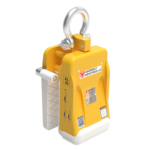
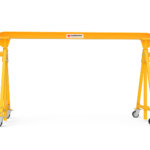
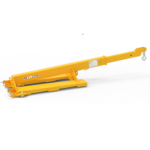
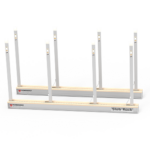
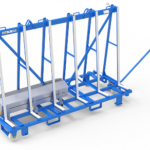

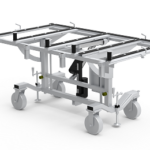
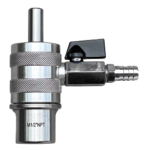
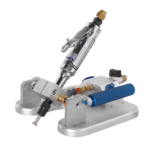


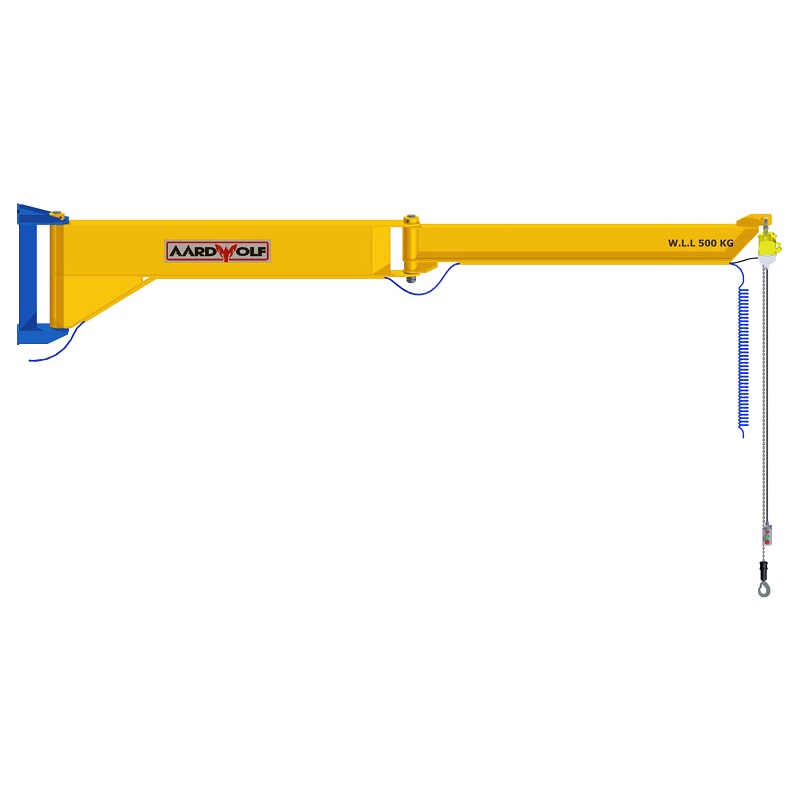
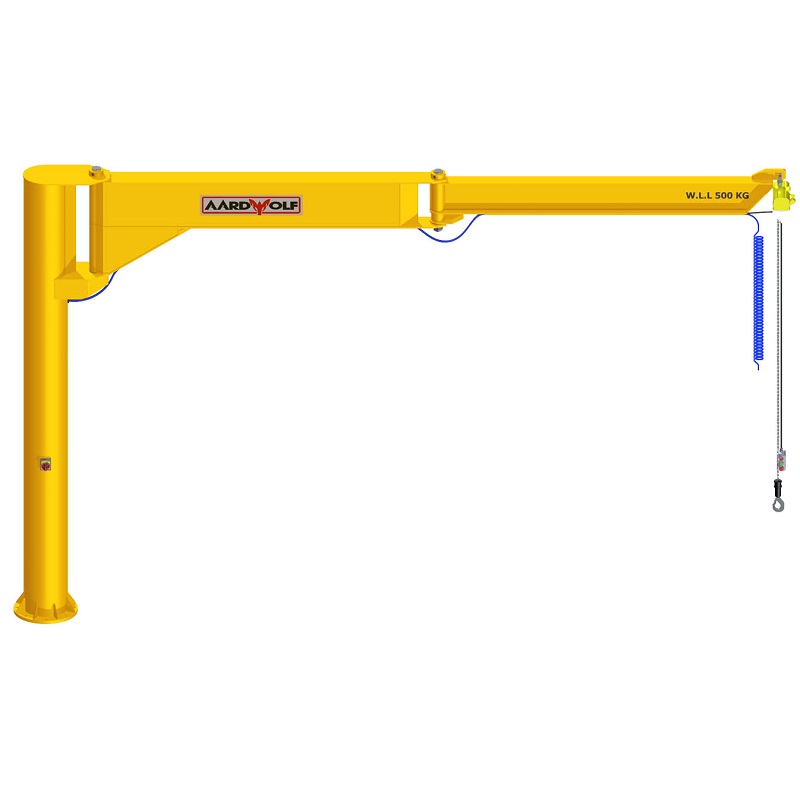
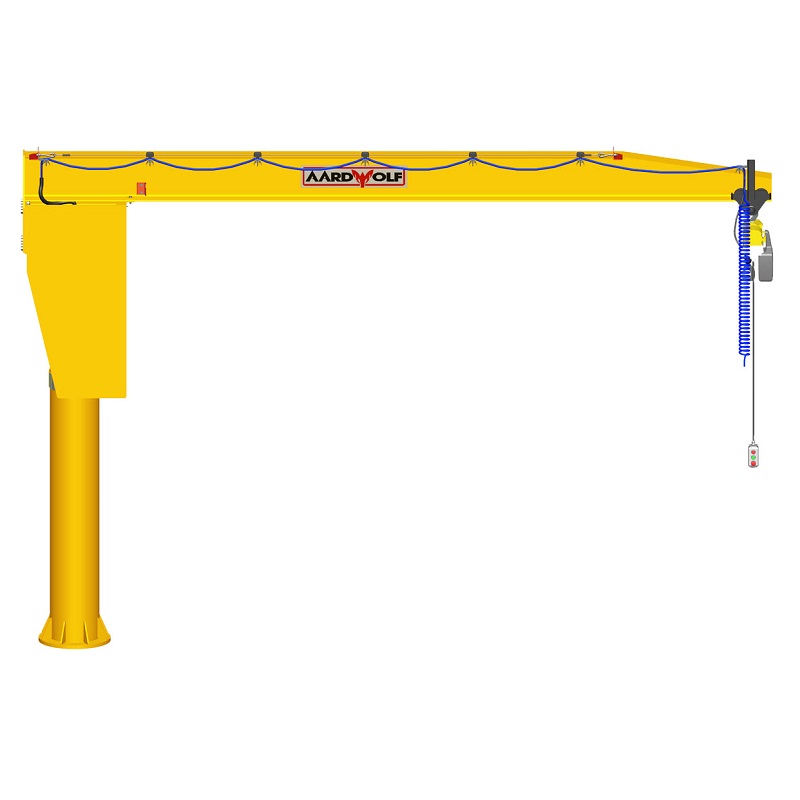
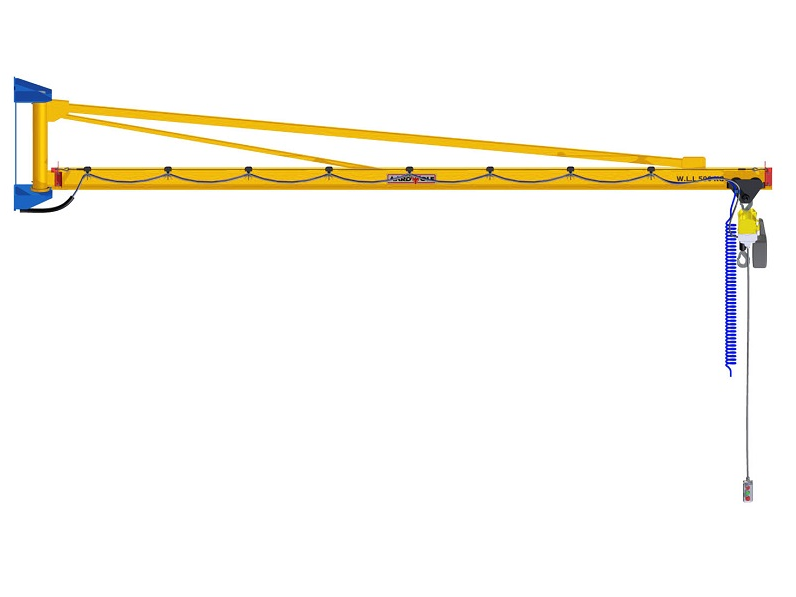

Please log in to leave a comment.